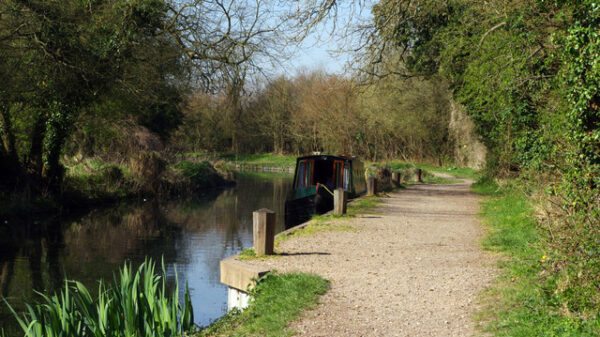From Woodham to Odiham
1966:
- A campaign for public ownership and restoration of the Basingstoke Canal, led by the Surrey and Hampshire Canal Society was formed
1991:
- The Campaign was achieved as the canal was re-opened.
- Protracted lock closures since then, to conserve water, highlighted the need to improve water supplies.
2001:
- Back pumps were installed on the Woodham lock flight
2005:
- Further pumps, grant aided by the Heritage Lottery Fund, were installed at St Johns flight
2006:
- IWA’s National Campaign Rally held on the canal to highlight the need for further investment in the waterway to resolve maintenance and water supply issues.
The 1,230-yard Greywell Tunnel is blocked by a roof fall and protected as a habitat for bats, which has prevented plans to extend the restoration westward. It is unlikely that the last remaining five miles will ever be able to be restored, as so much has been built over.


